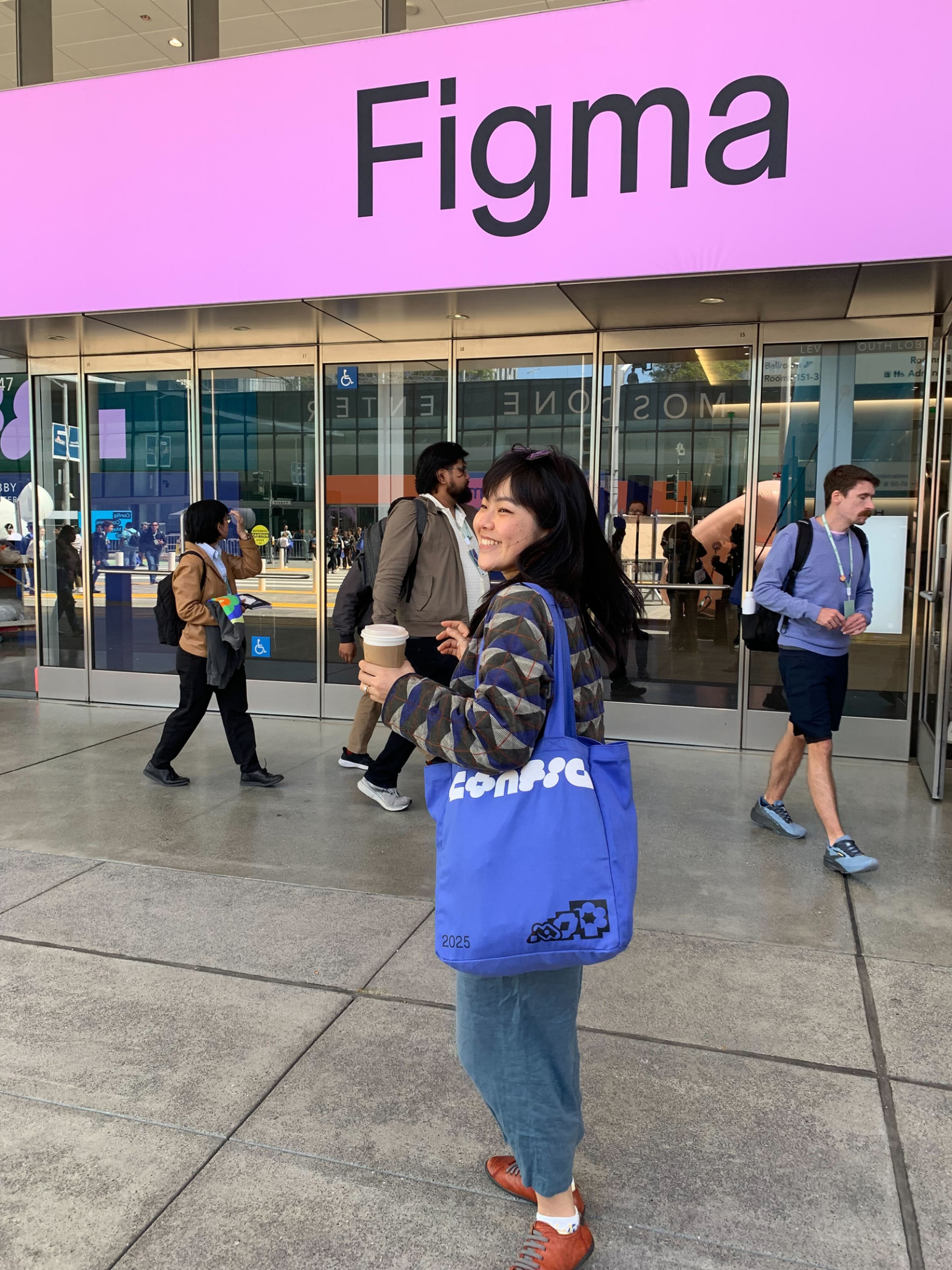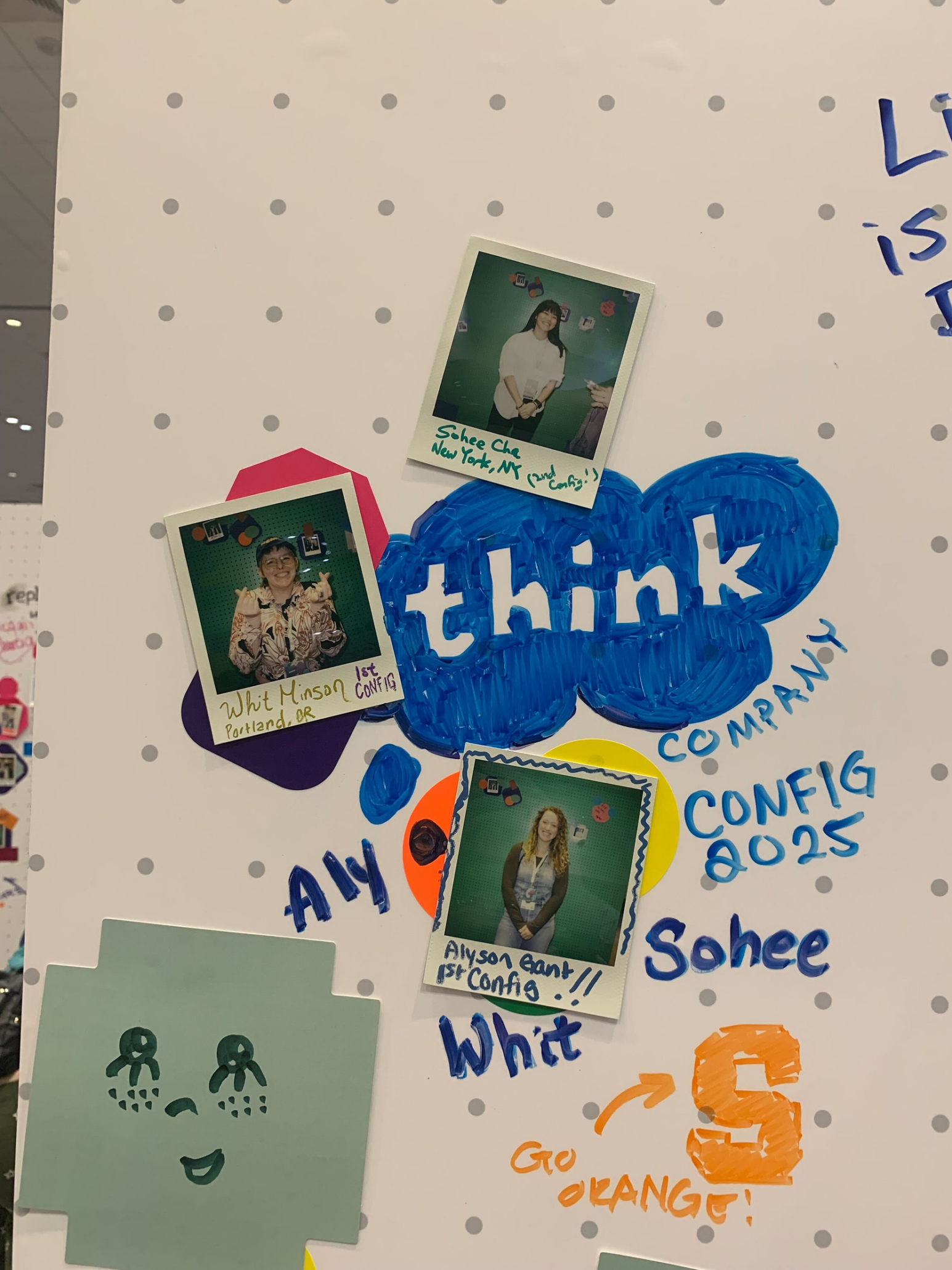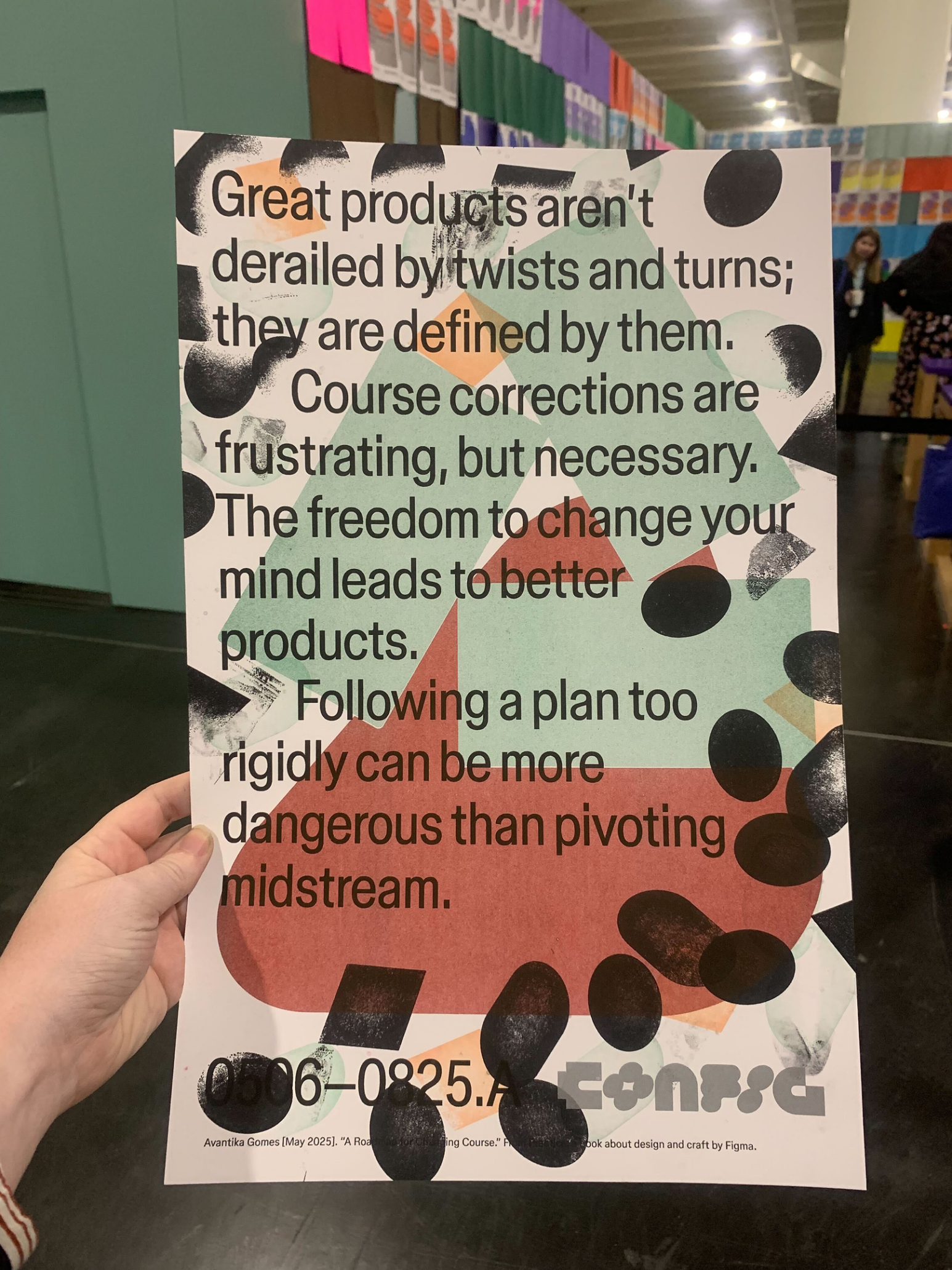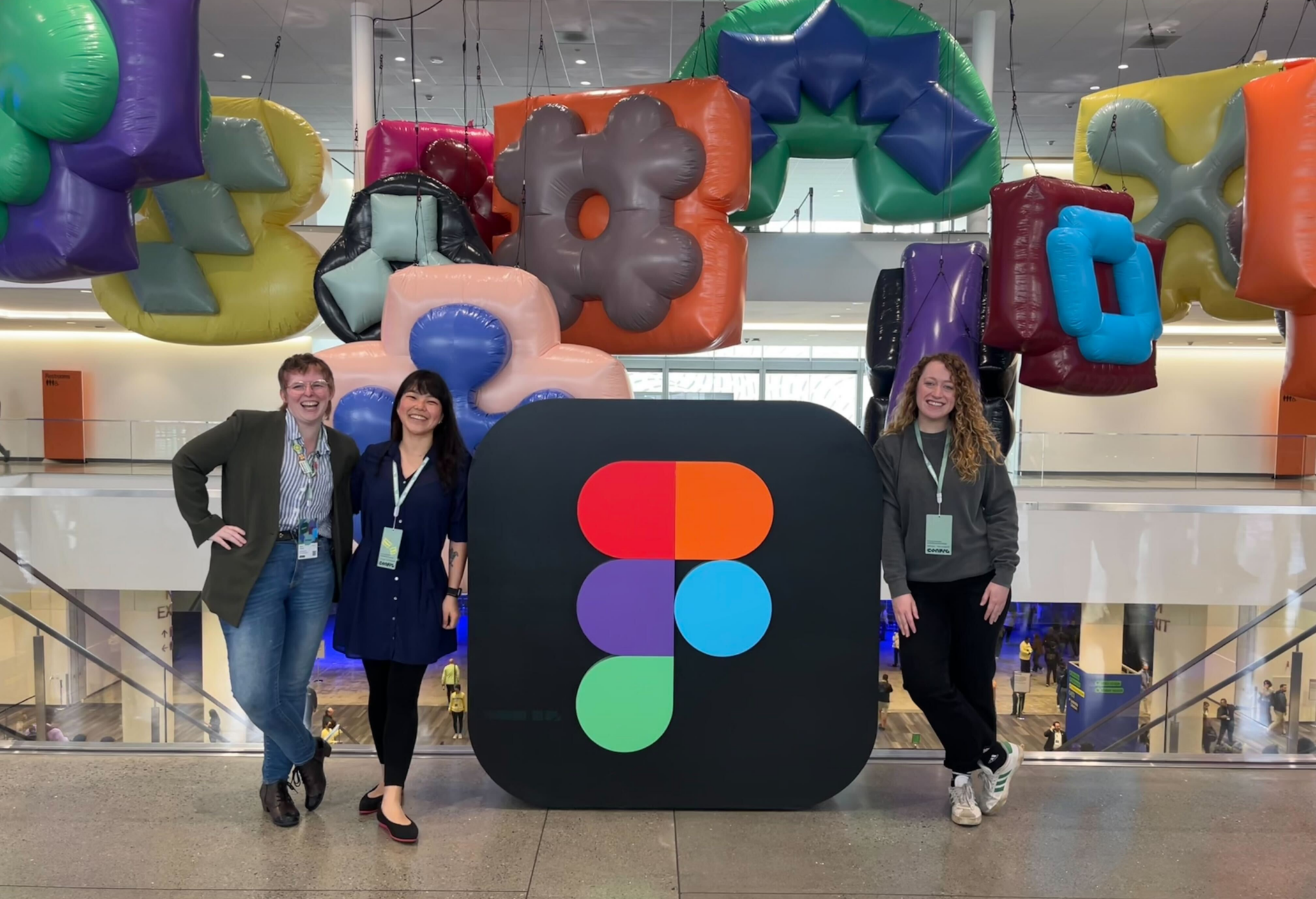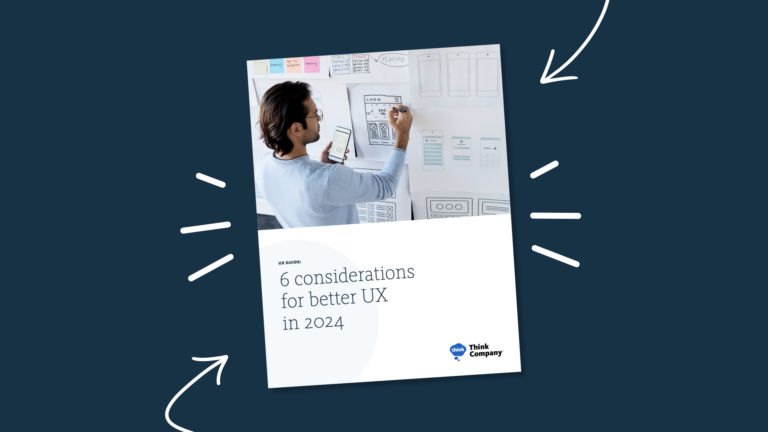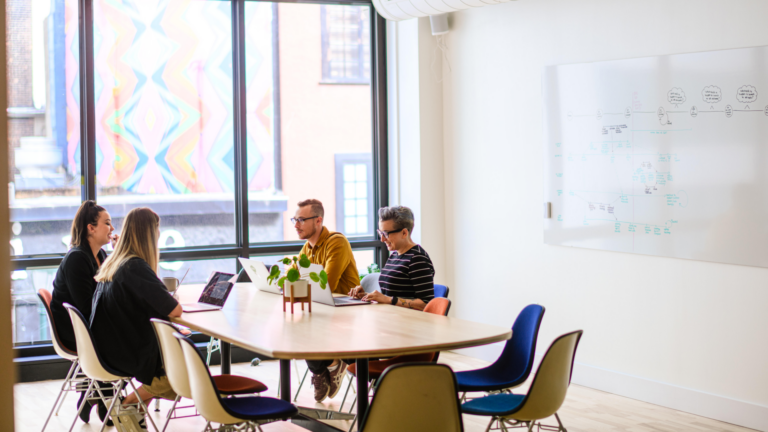If there was one feeling that permeated Figma’s Config conference this year, it was this: creativity isn’t being lost to automation—it’s being redefined. And not by chasing efficiency or perfection, but by rediscovering joy, honoring craft, and working more closely together.
A group of our Thinkers attended the conference in San Francisco last month and, while their personal highlights varied, they walked away with a set of shared takeaways. The themes were loud and clear: embrace the process, prioritize human needs, and blur the boundaries between roles in order to create better, more thoughtful work. Let’s dig deeper and uncover what these themes mean for the future of digital product innovation.
Finding joy in the process
One of the most consistent ideas across the conference was that creativity doesn’t have to be clean or fast; it can be chaotic, playful, and deeply personal. There was a call to embrace imperfection and let go of rigid standards, especially in how we work and how we define productivity. Many speakers urged attendees to reconnect with what originally brought them into creative work—curiosity, exploration, and fun.
Craftsmanship isn’t a lost art
Another thought-provoking topic was the idea that people are drawn to craft. Not just craft in design or code, but the kind of care that is visible in the end product—something people notice, connect with, and remember.
In an age of automation and instant delivery, it’s important to remember that quality takes time and that attention to detail isn’t wasted effort. In fact, it’s a way of showing respect for the people using what we create. The work that’s done with care and intention doesn’t just work well, it builds trust and brand loyalty.
Human-first innovation
It wouldn’t be a design community conference without talking about AI and the latest technology advancements. What stood out to our team was the fact that these innovations were framed through a human lens. Examples of innovation were driven by empathy resulting in tools and products designed to meet real human needs in unexpected ways.
There was an underlying theme of responsibility as well: that even the most advanced technologies require human judgment and accountability. AI can enhance our work, but it shouldn’t replace our role in shaping it with intention and ethics. As one panelist put it, “humans can’t be out of the loop when accountability is required.”
Rethinking collaboration
Another powerful theme was the need for deeper, more integrated collaboration between roles—especially between designers and developers. It’s not enough to simply “handoff” ideas; we need to co-create them. Speakers shared examples of how they’re rethinking organizational structures and workflows to foster better alignment. For instance, Nick Vilapiano, Director of Front-End Development at One North shared that his company houses front-end developers within the design team instead of the technology team. This helps eliminate silos, encourages cross-functional exploration, and helps teams find ways to make the most of their ideas.
Whether enabled by technology or team culture, the message was clear: the closer we work together, the better our work becomes.
Moving forward
Config 2025 wasn’t just a showcase of tools and trends—it was a call to refocus on what truly matters: finding joy in the creative process, showing care in the details, and strengthening the connections that make great work possible.
We’re returning to our work energized, with a renewed appreciation for the why behind our work. And we’re more committed than ever to creating meaningful experiences by staying curious, working closely, and never losing sight of the people at the center of everything we build.
